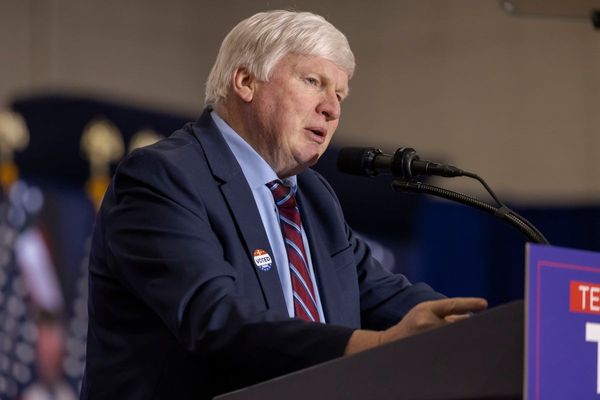
- Tesla’s first-half sales fell 13% to 720,803 vehicles. While this was better than expected, Elon Musk’s company fell further behind Chinese arch-rival BYD, whose global EV volumes surged 41% to crack the 1 million vehicle mark this year. Bulls argue EVs should no longer be the sole focus going forward now that Musk launched his robotaxi service: “The autonomous future at Tesla is the laser focus.”
Tesla reported some good news Wednesday—its second quarter global EV sales were nowhere near as awful as many feared. That is little consolation, however, as Elon Musk’s company fell further behind new industry leader BYD.
Tesla sales crashed by nearly 14% during the three months through June to just 384,122 vehicles, only slightly worse than the first quarter’s pace of decline and in line with the analyst consensus. Shares in Tesla gained 3.5% on the back of the surprise, since most Tesla bulls that closely follow the stock had expected closer to 370,000 for the quarter.
“That -14% should mark the bottom,” wrote Gene Munster, a partner with Deepwater Asset Management. “The expiration of the [U.S. federal] tax credit will pull demand forward and give results a measurable boost.”
The problem for Tesla is that Chinese carmaker BYD left Elon Musk’s company in the dust. Only six months into 2025 BYD has already cracked the 1 million EV sales mark, compared with Tesla’s first-half total of 720,803 vehicles.
BYD cracks 1 million
According to a regulatory filing BYD posted to the Hong Kong stock exchange on Wednesday, June volumes soared to 206,884 fully electric vehicles, helping it reach seven figures already this year. Altogether BYD’s EV volumes increased by 41% in the first half, not including its separate range of plug-in hybrids where Tesla does not compete.
Thanks in part to a research & development team numbering nearly 100,000—almost as large as Tesla’s entire global workforce—BYD has been able to pump out one popular new model after the other, while Tesla still relies predominantly on one vehicle: the Model Y.
Facing thiscompetition, Musk has pivoted away from cars where it is becoming increasingly difficult for even Tesla to sell EVs profitably. Instead the CEO has focused on two areas where he believes Tesla can differentiate itself — with artificial intelligence, either in the form of a robotaxi service or a humanoid robot. That has however come at the cost of apparently neglecting his core car business.
For now, investors seem willing to give Musk the benefit of the doubt with the stock still trading over 110 times next year’s consensus earnings estimate of $2.83 per share—a multiple reserved for only a select few high growth stocks like Palantir.
“The autonomous future at Tesla is the laser focus for Elon Musk and key for investors,” said Wedbush Securities tech analyst Dan Ives, calling the Q2 figures a “big step forward” despite the sharp drop.
Now that he launched his robotaxi service, Musk could soon be under pressure to prove his AI bet is paying off, such as supplying evidence the number of passenger miles booked on his robotaxis is scaling as fast as he has predicted.







